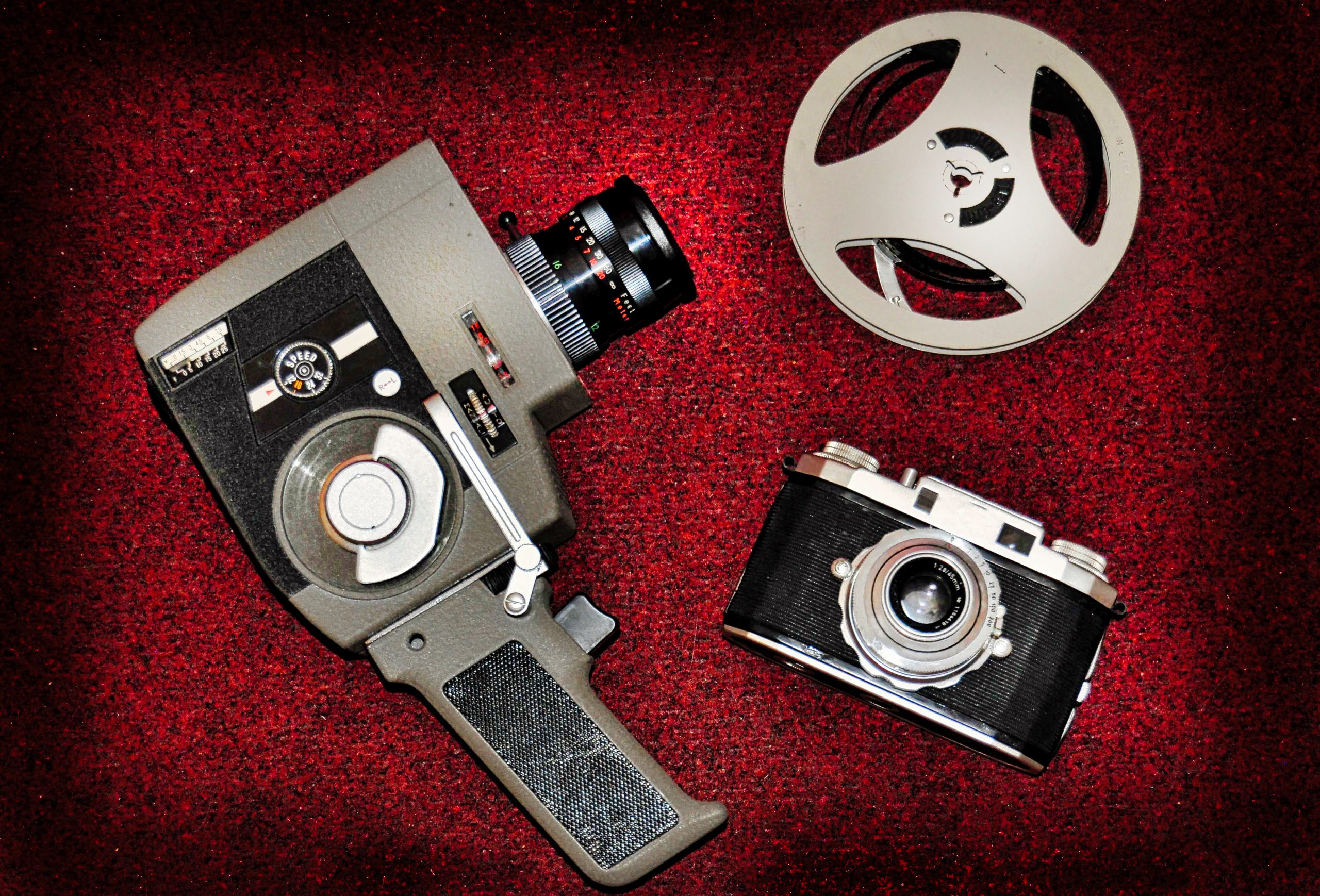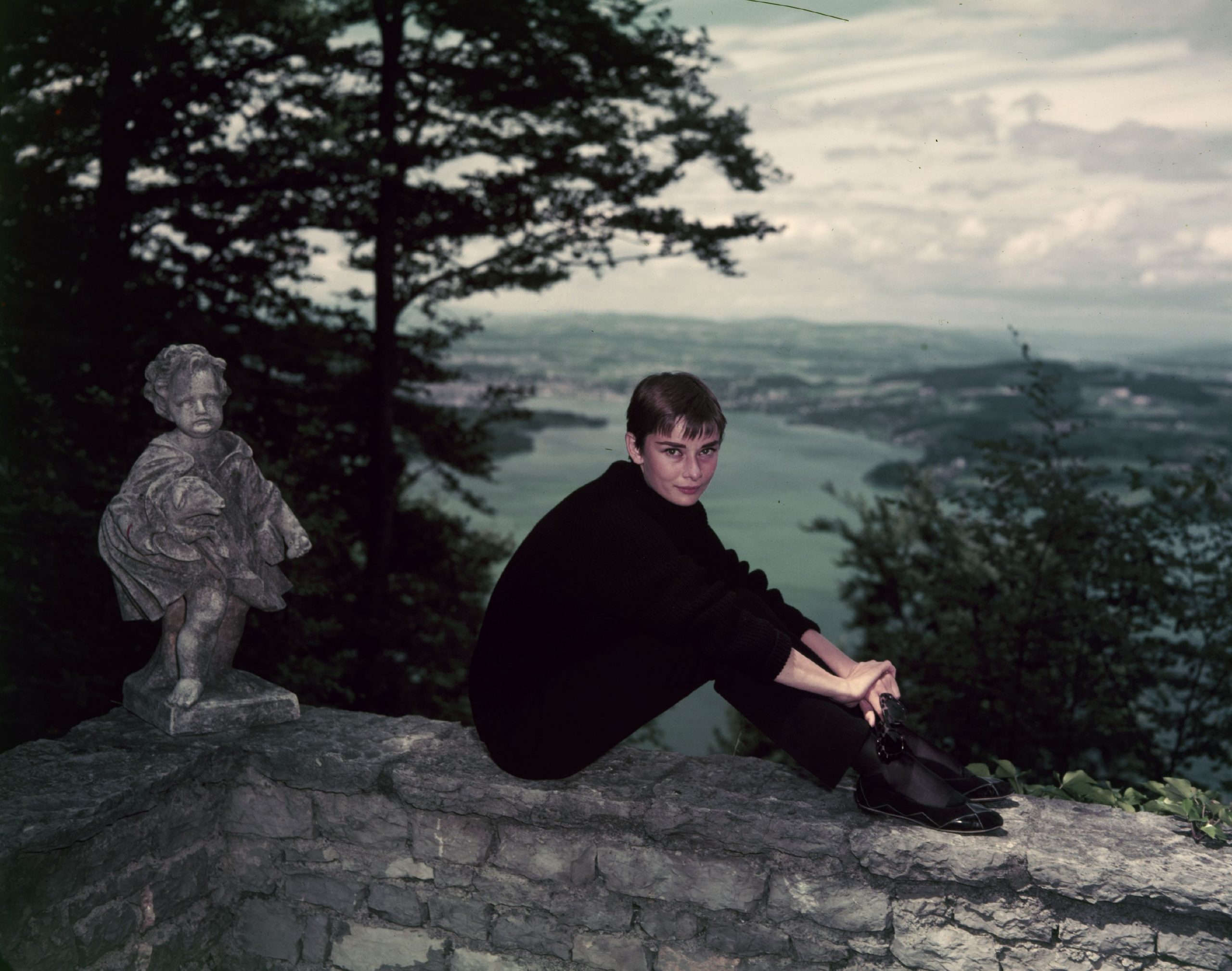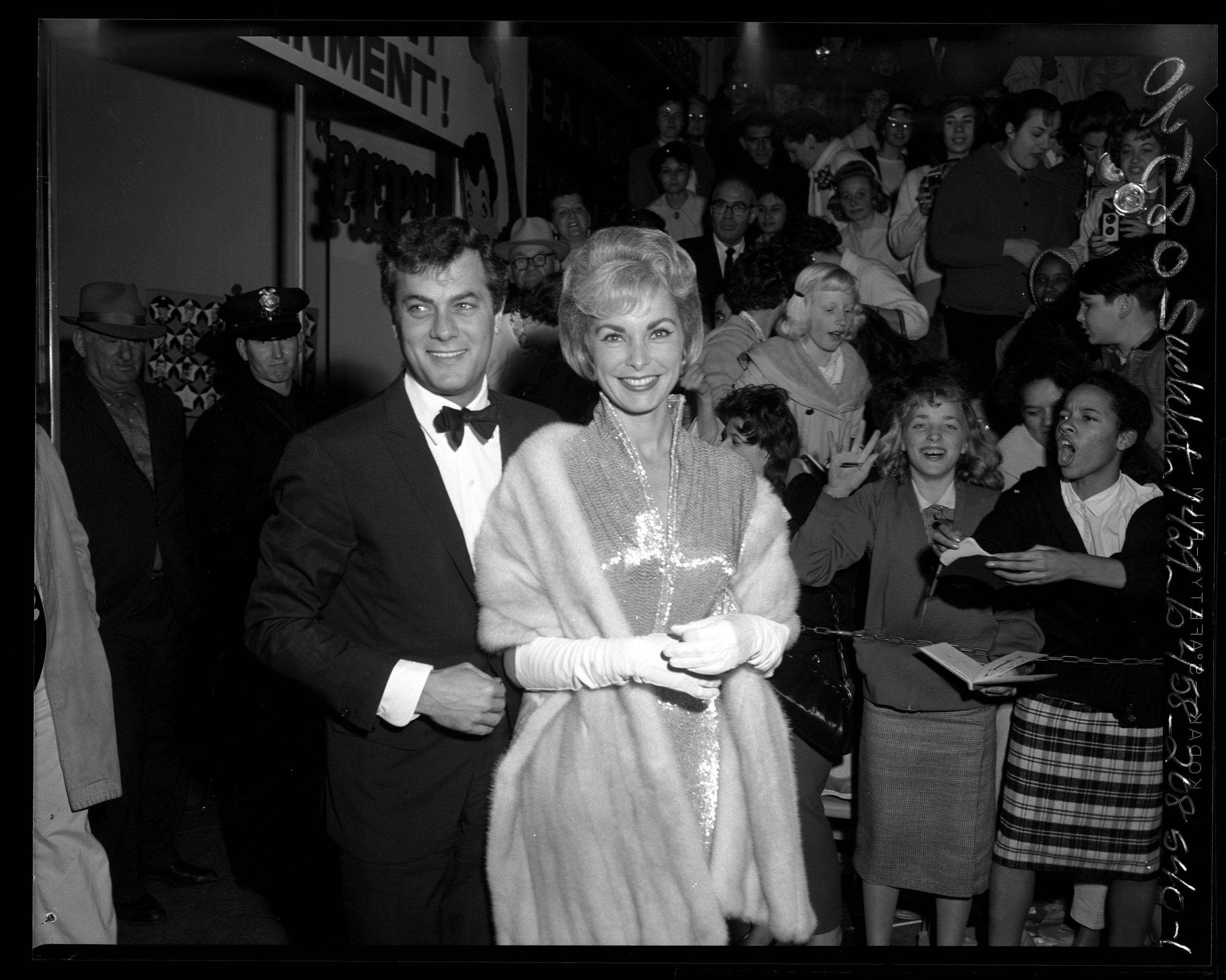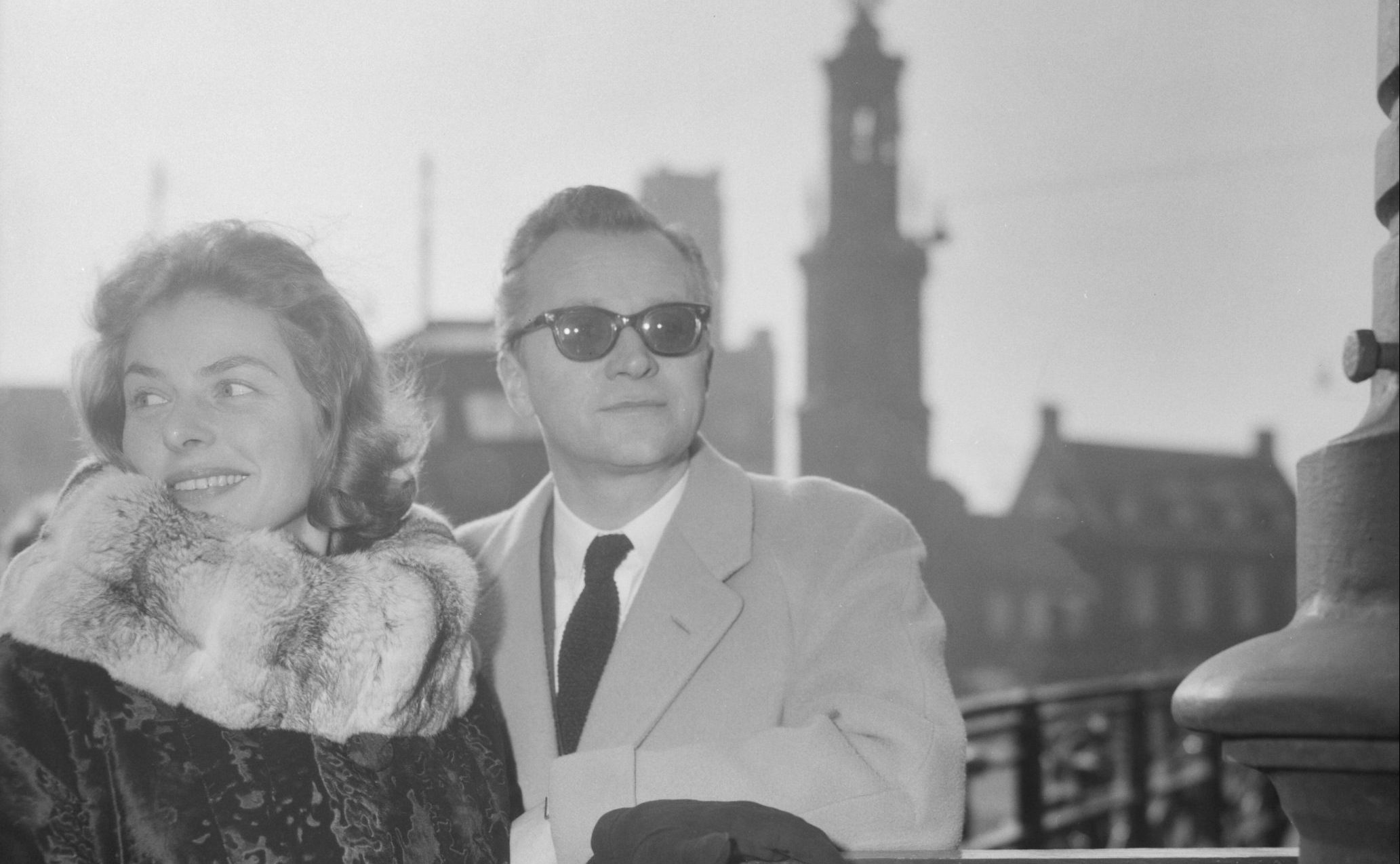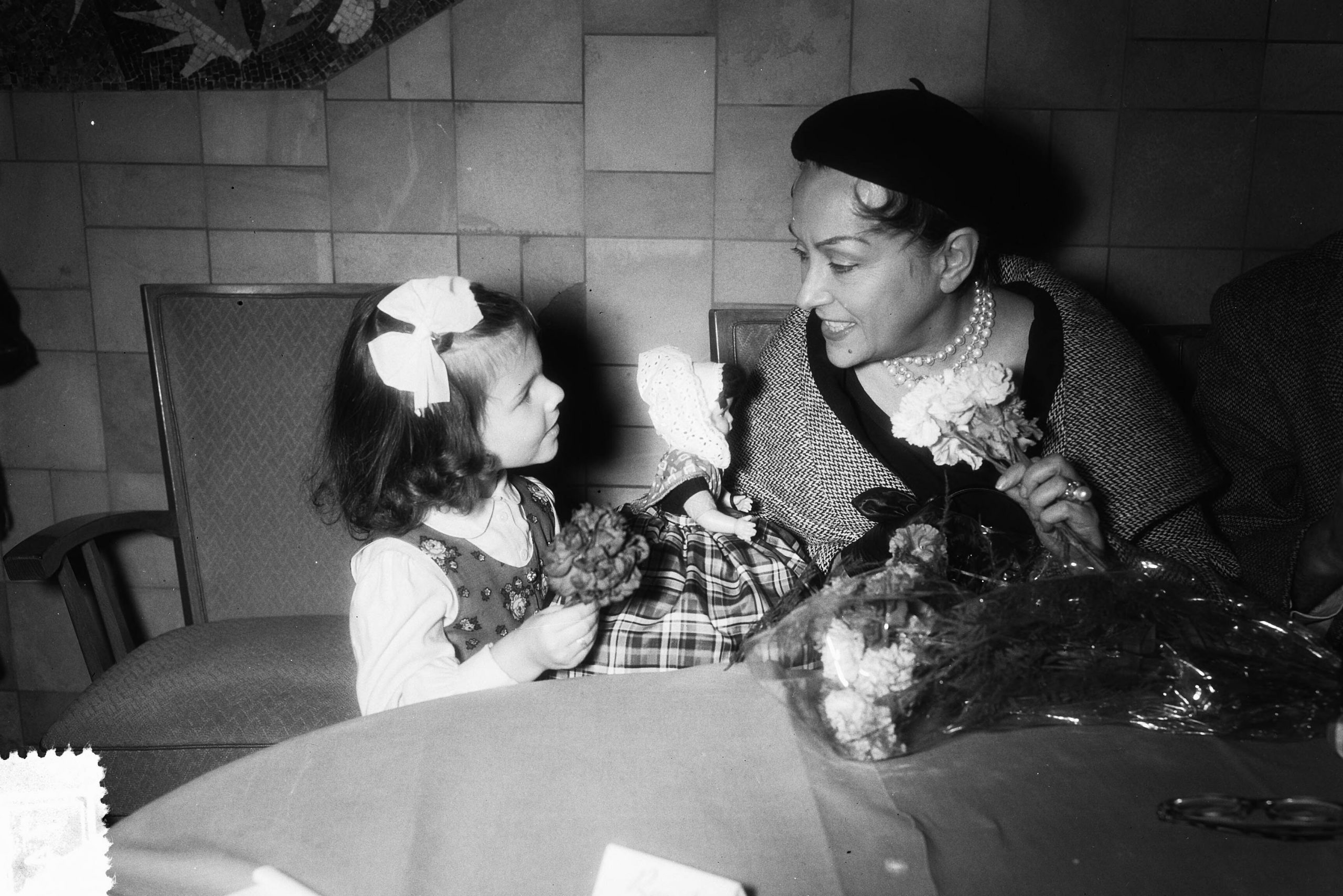“Will Carole Lombard’s marriage end her career?” read the headline of one of the most important U.S. film magazines in July 1939. For society at the time, a woman pursuing a career as a sought-after Hollywood actress and being married at the same time was akin to a miracle.
Considering the conditions of American society at the time, it is not surprising that the headline of the film magazine asked whether Lombard’s career was now over because of her marriage to Clark Gable. But it was not at all in Lombard’s interest to end her career: Nevertheless, she devoted herself to her husband Clark Gable – the two went down in Hollywood history as one of Hollywood’s married actor couples par excellence.
It is difficult to reconstruct when the two met for the first time – all that is certain is that both played side by side in the Paramount film No Man of Her Own (1932).
Already in the early thirties, there was speculation about a relationship between the two – but at that time, when both actors were not yet really important screen stars, the public was hardly interested in such a love affair. Besides, rumour has it, the two didn’t really get along well on the set…
That was soon to change…
More than just publicity?
Carole Lombard and Clark Gable – both were personalities who were built up to become stars by the Hollywood studios in the thirties. Their public personas were treated accordingly: as far as possible, the studios to which the actors were under contract wanted to control what was published about their actors. The Hollywood fan magazines, such as Motion Picture Magazine or Photoplay, were a particularly important press instrument for the studios.
In her biography of Carole Lombard, Olympia Kiriakou explains that in the mid-1930s, all fan magazines submitted their reports to the film studios before they were published. In this way, the studios ensured that no story would find its way into the public domain that had the potential to damage the image of the respective star – this was particularly true of big screen stars like Carole Lombard or Clark Gable.
It was therefore not uncommon for Hollywood studios to capitalize on love affairs between screen stars. To what extent does this apply to the relationship between Carole Lombard and Clark Gable? Was the relationship between the two actors possibly much more than a publicity campaign by the Hollywood studios?
According to biographers, that evening started idyllically but ended in chaos.
White Mayfair Ball
In her historical review of Carole Lombard, film historian Olympia Kiriakou uses clippings from Hollywood fan magazines to show which of the fan magazine articles of the time are close to reality and which stories are completely exaggerated. Fan magazines are invaluable sources because, on the one hand, they show how the studios portrayed their stars in public. On the other hand, a critical approach to the fan articles of the time is required, because they were strictly edited and adapted to the respective image of the star.
There is no question that the studios deliberately put the relationship between Carole Lombard and Clark Gable in the public eye and gave fan magazines the incentive to report on the relationship of the two.
On a January evening in 1936, when the legendary White Mayfair Ball was held in Beverly Hills, Lombard and Gable met again: this January evening is nowadays considered the real beginning of the Lombard-Gable love affair.
According to biographers, that evening started idyllically but ended in chaos: Gable reportedly asked Lombard to dance, and Lombard is said to have been aroused by her dance partner in such a manner that she had to sit down for a moment to regain her composure.
“How about it?”
From now on, the January night became chaotic: Gable is said to have driven Lombard to his hotel and proposed to her. Carole Lombard is said to have reacted indignantly and retorted, “Who do you think you are, Clark Gable?”. Gable was furious and drove Lombard back to her house.
The evening was a disaster for the two – would they ever get together?
Lombard reportedly thought it over afterwards and decided the next morning that she had been too hard on her friend Gable. She got herself some white doves and instructed a hotel clerk at Gable’s hotel to release the white doves in his room – a sort of peace offering to her friend. On the leg of one of the pigeons, Clark Gable found a note with a message: “How about it? Carole.” It would be a little more than three years before the two married: Nevertheless, from 1936 onwards, the two led an intense love affair, which was regularly reported on in all media. However, the relationship between the two is said not to have always been easy.
When Clark Gable and Carole Lombard married in Arizona on March 29, 1939, Gable took time off from filming Gone with the Wind (1939) specifically for the wedding. There were even reports that the wedding, which took place in Arizona and not in California, was a kind of escape from Hollywood: the couple didn’t want to get married where all the press hype was on location. The relationship between Gable and Lombard was about more than publicity. After their wedding, the two lived on a ranch in Encino, a Los Angeles neighborhood. For the outdoorsman Gable, the ranch was like paradise.
What is certain is that Carole Lombard found a way to be both wife and screen star.
Mrs. Clark Gable
Without question, Carole Lombard’s image was about to change as a result of the wedding: Henceforth she would no longer be just Carole Lombard, but Mrs. Clark Gable. The role model of the society at that time foresaw that Lombard now had to decide between two ways – would she be a devoted wife or would she continue to pursue her work as a screen star? Undoubtedly, the married life of a Hollywood star looks different from the life of a typical wife in the American society of that time – Carole Lombard and Clark Gable simply lived in a different world than the majority of the society of that time. Therefore, typical role models of the time are difficult to apply to the Lombard-Gable couple: What is certain is that Carole Lombard found a way to be both wife and screen star.
With the beginning of World War II, Lombard felt obligated to serve her home country: Among other things, she went on sales tours for war bonds. She tried to encourage her husband to join the army – Clark Gable refused.
Instead, for his wife’s sake, Gable became chairman of the Hollywood Victory Committee, which set itself the goal of supporting the World War II efforts of the US with funds from show business.
Love beyond death
Carole Lombard’s tragic death in a plane crash on January 16, 1942, seriously changed Clark Gable’s life. Gable reportedly tried desperately to reach the site of the accident – but was prevented from climbing the mountain against which the plane had crashed.
In honor of his wife, Clark Gable reportedly joined the Army after Lombard’s death: Beginning in 1942, Gable paused his acting career and enlisted entirely in the U.S. armed forces. He did not resume his acting career until 1947.
Today, the Lombard-Gable couple is considered one of the classic Hollywood couples: although the couple did not appear together on screen except in No Man of Her Own, the coverage of the couple was enough to make them one of the most legendary Hollywood couples ever. Hollywood fan magazines and the publicity departments of the Hollywood studios had a special role to play.
After his death in 1960, Clark Gable was buried next to Carole Lombard: the Hollywood star had expressed this wish during his lifetime. Although Gable had been married twice more after Lombard’s death, Gable’s love for his wife Carole Lombard obviously lasted beyond death.
Der Bussard expresses its gratitude to Bloomsbury Publishing for the cooperation.
The historical analysis “Becoming Carole Lombard – Stardom, Comedy and Legacy”, written by Olympia Kiriakou, was kindly provided to Der Bussard. The publication served as main source for the article.
Publication information: Kiriakou, Olympia: “Becoming Carole Lombard – Stardom, Comedy and Legacy”, 2020 Bloomsbury Academic
Other source: An article published in Vanity Fair.
Cover picture: © Simon von Ludwig
More stories from Der Bussard
- Carole Lombard: Between Screwball and Drama
- Marlene Dietrich and Jean Gabin: A Relationship Scarred by War

 Deutsch
Deutsch

